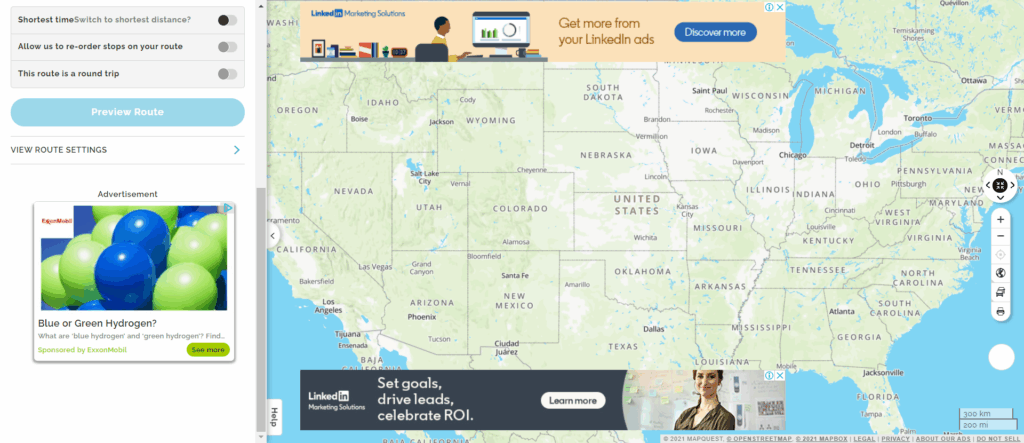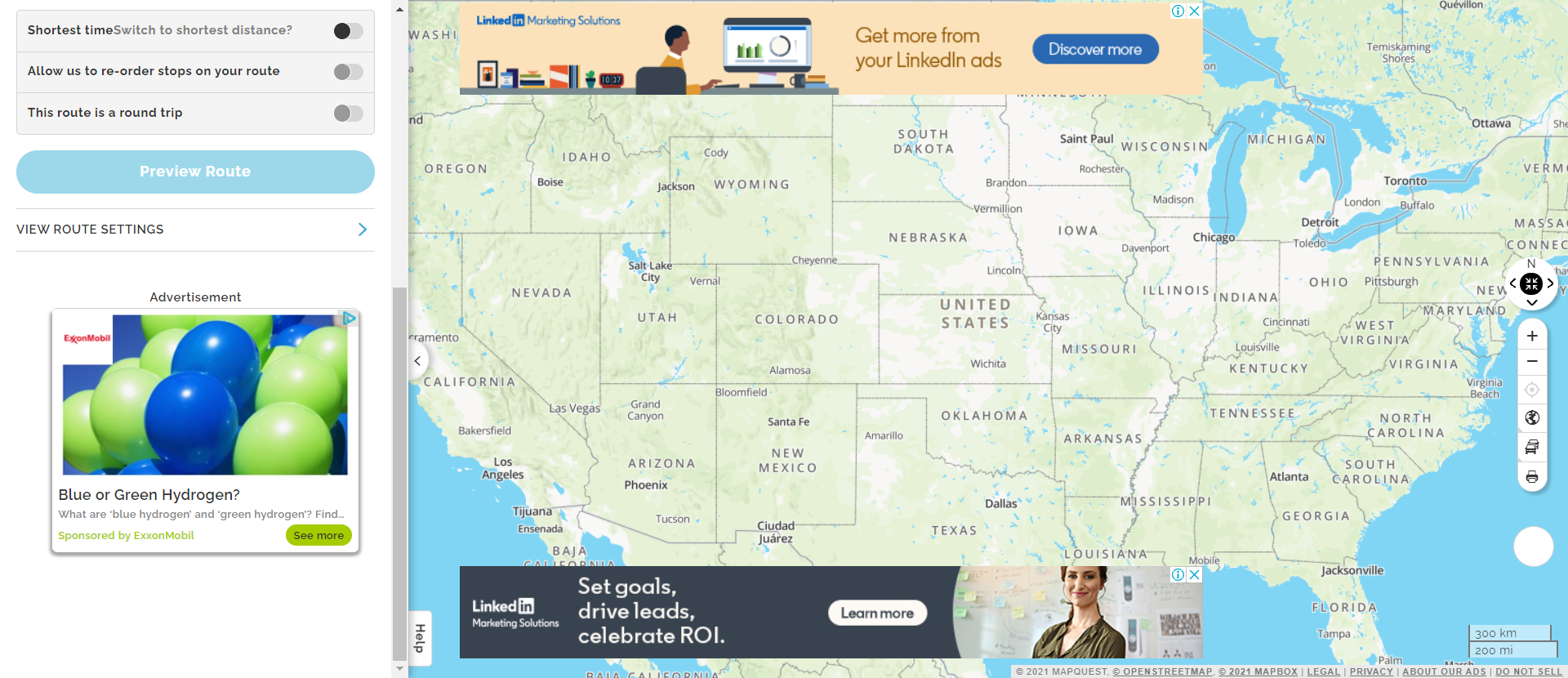
Navigating the Digital World: Is Mapquest Still a Viable Option?
In an era dominated by digital maps and real-time navigation, the question arises: is Mapquest still a relevant player? For many, the name evokes memories of meticulously printed directions and the pre-smartphone era of road trips. While newer technologies have surged ahead, Mapquest maintains a presence, prompting a closer examination of its current functionality and overall value. This article will explore the evolution of Mapquest, its current features, its strengths and weaknesses compared to modern alternatives like Google Maps and Apple Maps, and ultimately, whether it remains a viable navigation option in today’s digital landscape. Understanding the history and current state of Mapquest helps clarify its place in the world of online mapping.
A Trip Down Memory Lane: The History of Mapquest
Before the advent of smartphones and ubiquitous internet access, Mapquest was a household name. Founded in 1967 as Cartographic Services, Inc., the company initially focused on providing traditional mapping services. It wasn’t until the mid-1990s that it rebranded as Mapquest and launched its online mapping service, quickly becoming a go-to resource for generating driving directions. The ability to input addresses and receive detailed, printable routes was revolutionary at the time. For many, Mapquest was synonymous with digital navigation, a vital tool for planning road trips and finding unfamiliar destinations.
The early success of Mapquest was driven by its user-friendly interface and the novelty of online mapping. It allowed users to avoid bulky paper maps and receive customized directions tailored to their specific starting and ending points. The service was particularly valuable for businesses, providing a convenient way to generate maps and directions for customers. The rise of Mapquest marked a significant shift in how people planned their travels and navigated the world.
Mapquest Today: What Does It Offer?
While the landscape of digital navigation has changed dramatically, Mapquest continues to offer a range of features. The core functionality remains the same: users can input addresses to generate driving, walking, and public transit directions. However, Mapquest has also incorporated several modern features to stay competitive, including real-time traffic updates, alternative route suggestions, and integration with local businesses. These updates aim to provide a more comprehensive and user-friendly experience.
Mapquest also offers a mobile app, allowing users to access its services on the go. The app provides turn-by-turn navigation, voice guidance, and the ability to save favorite locations. While the app’s functionality is similar to that of other navigation apps, some users may find its interface less intuitive or its features less robust. The service also integrates advertising, which can be a drawback for some users compared to ad-free premium options offered by competitors.
Mapquest vs. the Competition: Strengths and Weaknesses
When comparing Mapquest to modern alternatives like Google Maps and Apple Maps, several key differences emerge. Google Maps, with its extensive global coverage, real-time traffic data, and integration with other Google services, is often considered the industry standard. Apple Maps, while initially plagued with issues, has significantly improved its accuracy and features, offering a seamless experience for Apple users. Both platforms boast advanced features such as lane guidance, augmented reality navigation, and offline map downloads.
One of the main strengths of Mapquest is its simplicity. For users who prefer a straightforward interface and basic navigation features, Mapquest can be a viable option. It’s also often praised for its clear and concise directions. However, its weaknesses include less accurate traffic data compared to Google Maps, a less intuitive user interface, and a lack of advanced features. Additionally, Mapquest‘s map data may not be as up-to-date as that of its competitors, potentially leading to inaccuracies in directions.
The level of integration with other services also sets the competition apart. Google Maps benefits from its integration with Google Search, allowing users to easily find businesses, restaurants, and other points of interest directly within the app. Apple Maps integrates seamlessly with Siri and other Apple services, providing a convenient and hands-free navigation experience. Mapquest, while offering some integration with local businesses, lacks the depth and breadth of these integrations.
Use Cases: When Does Mapquest Make Sense?
Despite the advancements in competing navigation platforms, there are still scenarios where Mapquest may be a suitable choice. For users who prioritize simplicity and ease of use, Mapquest‘s straightforward interface can be appealing. It’s also a reasonable option for generating basic driving directions for printing, especially for those who prefer to have a physical copy of their route. In areas with poor internet connectivity, Mapquest‘s basic functionality may be sufficient for navigating to a destination, although downloading offline maps from other providers is often a better solution.
Another potential use case is for older devices or users with limited technical skills. Mapquest‘s less demanding interface might perform better on older smartphones or computers compared to more resource-intensive applications like Google Maps. Furthermore, for users who are already familiar with Mapquest and prefer its traditional interface, there may be little incentive to switch to a different platform. Ultimately, the suitability of Mapquest depends on individual needs and preferences.
The Future of Mapquest: Can It Compete?
The future of Mapquest in the competitive landscape of digital navigation is uncertain. To remain relevant, the company needs to continue innovating and improving its features. This includes enhancing the accuracy of its map data, refining its user interface, and integrating more closely with other services. Investing in advanced technologies such as augmented reality navigation and machine learning-powered route optimization could also help Mapquest differentiate itself from the competition.
However, competing with tech giants like Google and Apple requires significant resources and a clear strategic vision. Mapquest may need to focus on niche markets or specific use cases to carve out a sustainable position in the market. For example, it could specialize in providing mapping services for specific industries or develop unique features tailored to particular user groups. The key to survival for Mapquest lies in identifying its unique value proposition and delivering a compelling experience that meets the evolving needs of its users.
Conclusion: Mapquest’s Place in the Modern World
While Mapquest may not be the dominant force it once was, it continues to exist as a testament to the evolution of digital navigation. Although surpassed by more advanced and feature-rich alternatives, it still provides a basic and straightforward mapping service. For some users, its simplicity and familiarity may be enough to keep it a viable option. However, for most, the superior accuracy, features, and integration of platforms like Google Maps and Apple Maps make them the preferred choice. Ultimately, Mapquest‘s legacy serves as a reminder of how far digital navigation has come and the ongoing innovation that continues to shape the way we explore the world.
Whether Mapquest can successfully adapt and compete in the future remains to be seen. But for now, it stands as a nostalgic reminder of a time when printed directions and online maps were revolutionary tools, forever changing the way we navigate our lives. The story of Mapquest is a story of innovation, adaptation, and the ever-evolving landscape of technology.
[See also: Google Maps vs Apple Maps: Which is Better?]
[See also: The History of GPS Technology]
[See also: Best Offline Navigation Apps for Travel]

